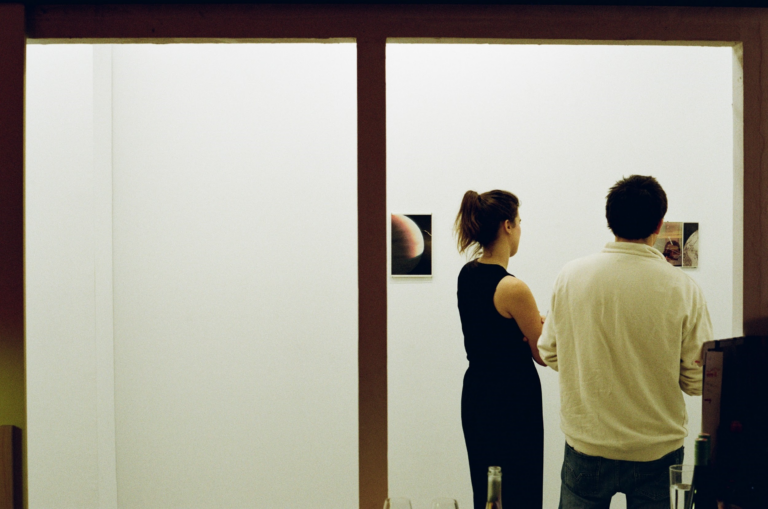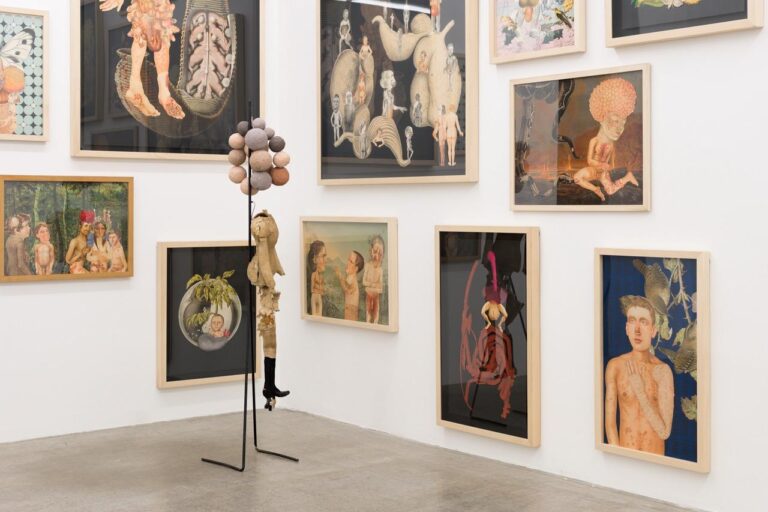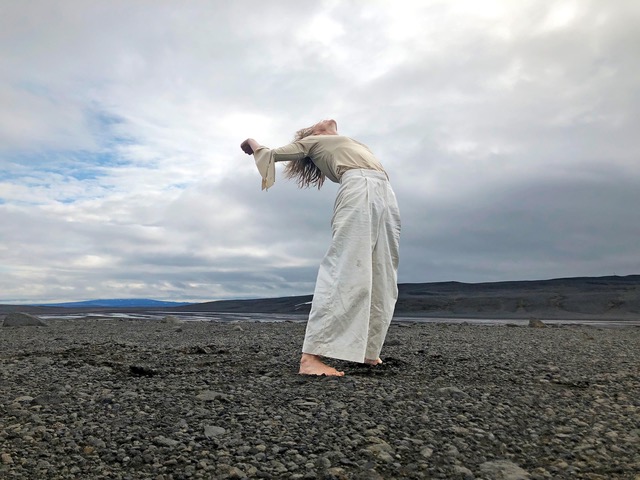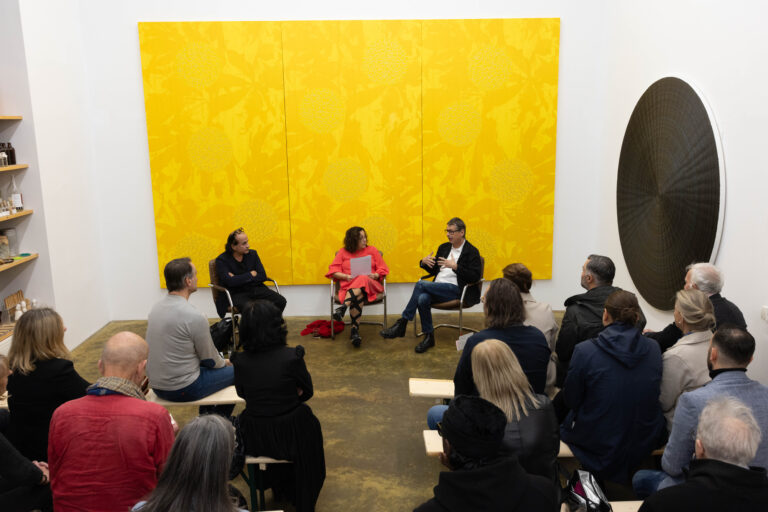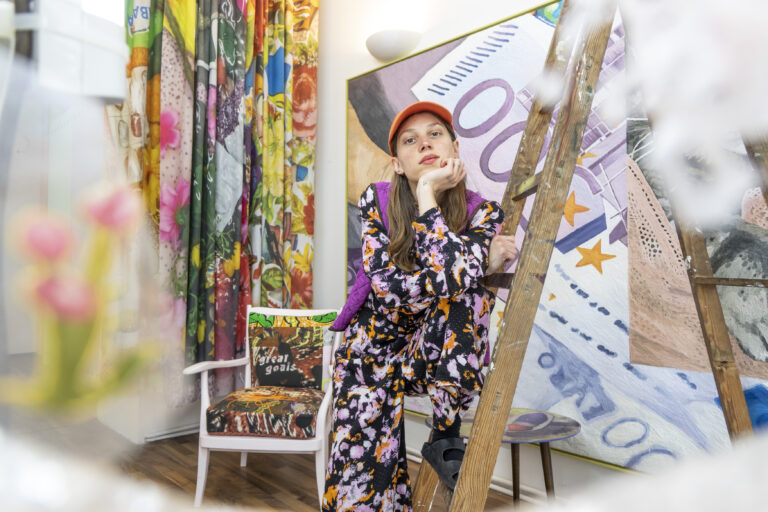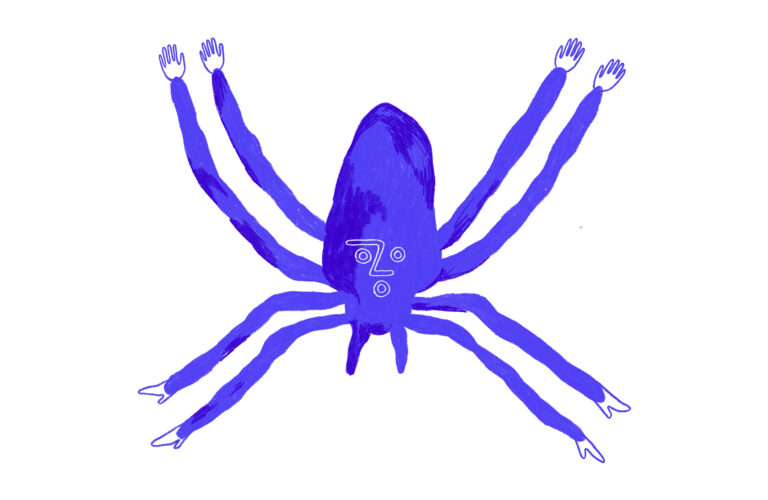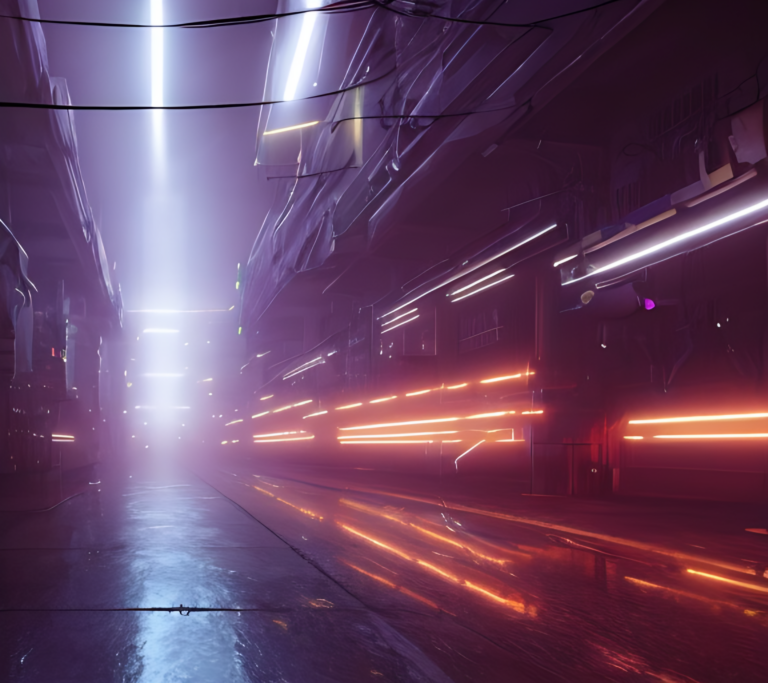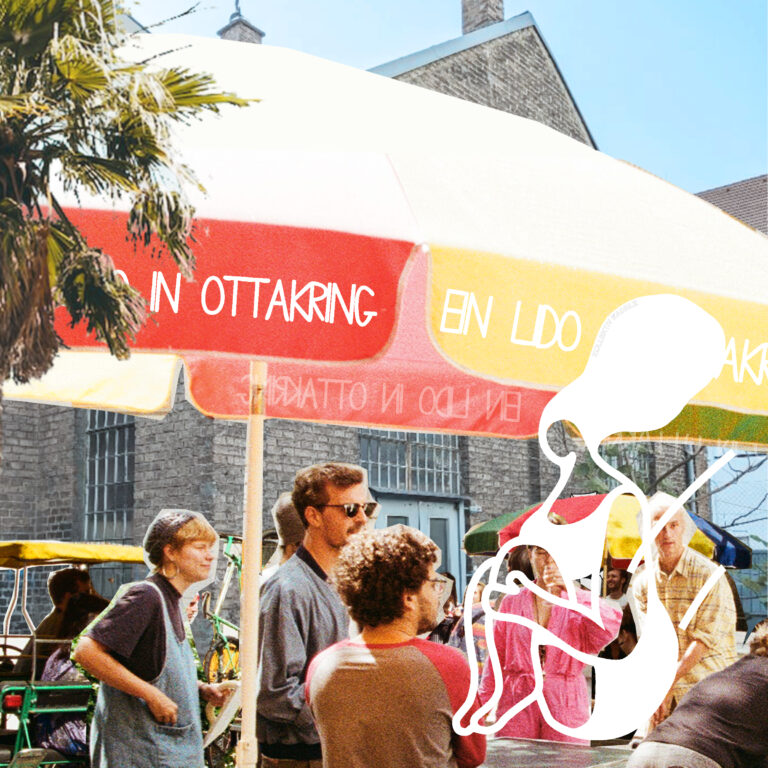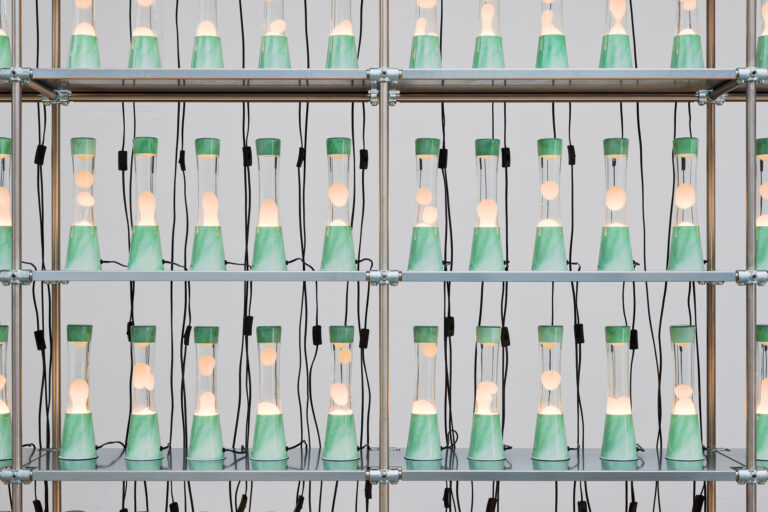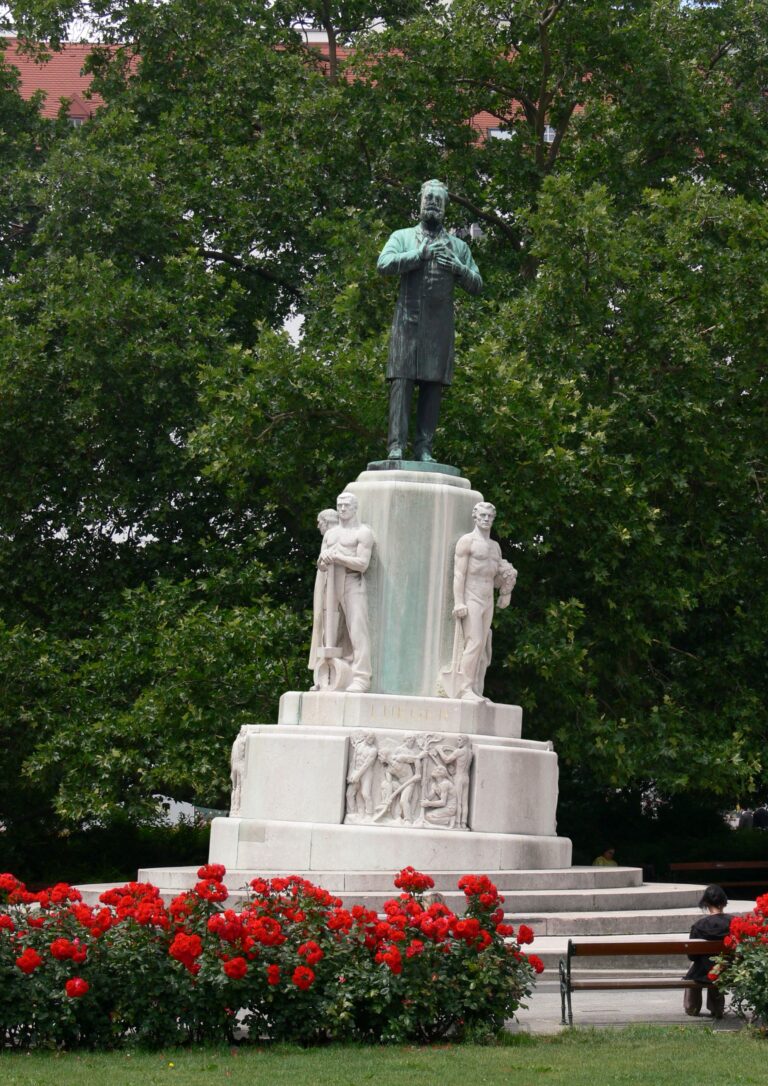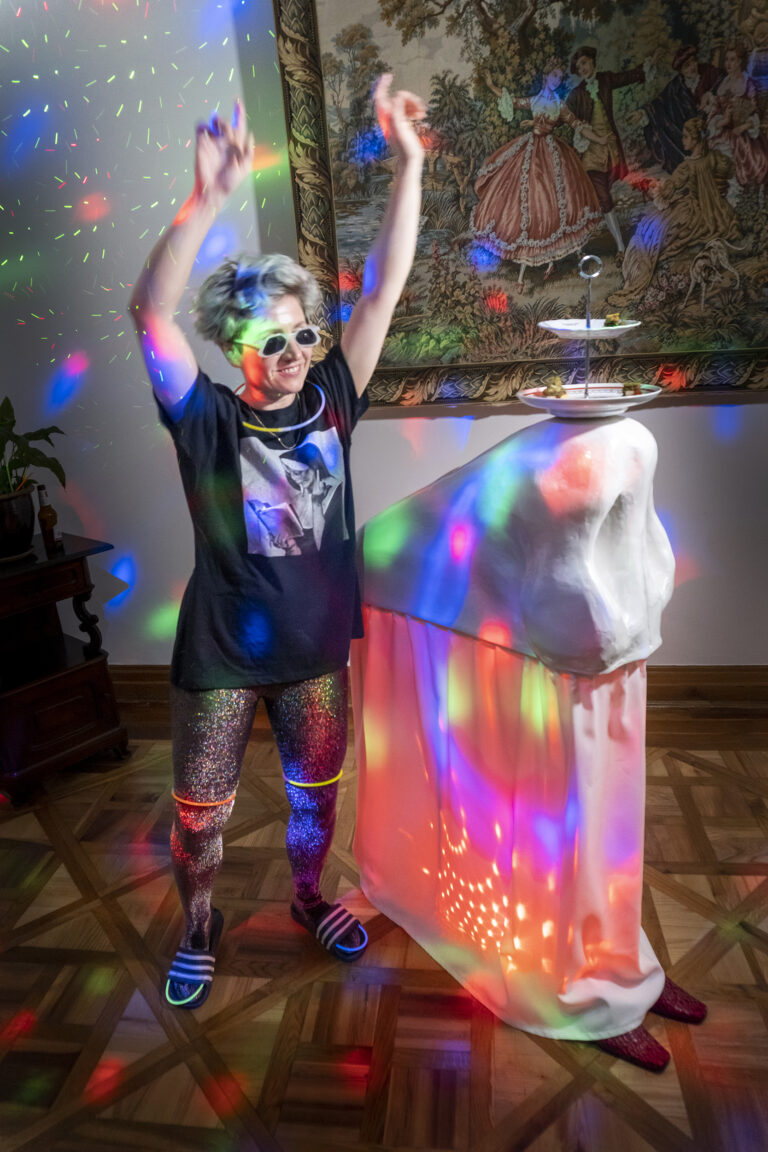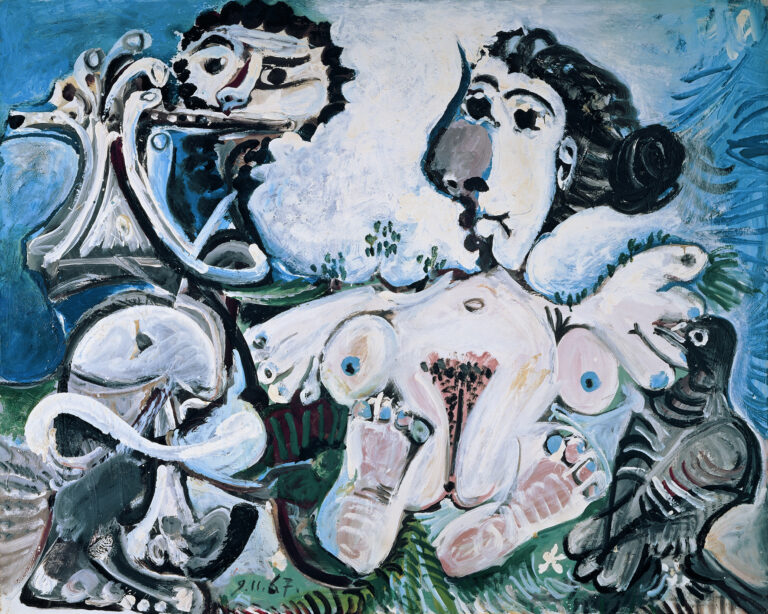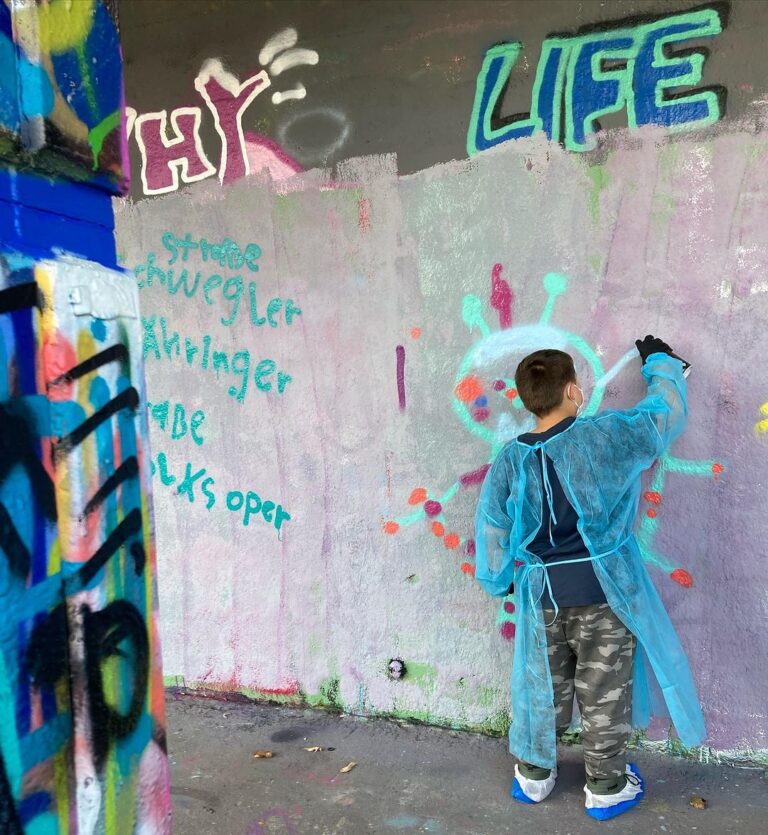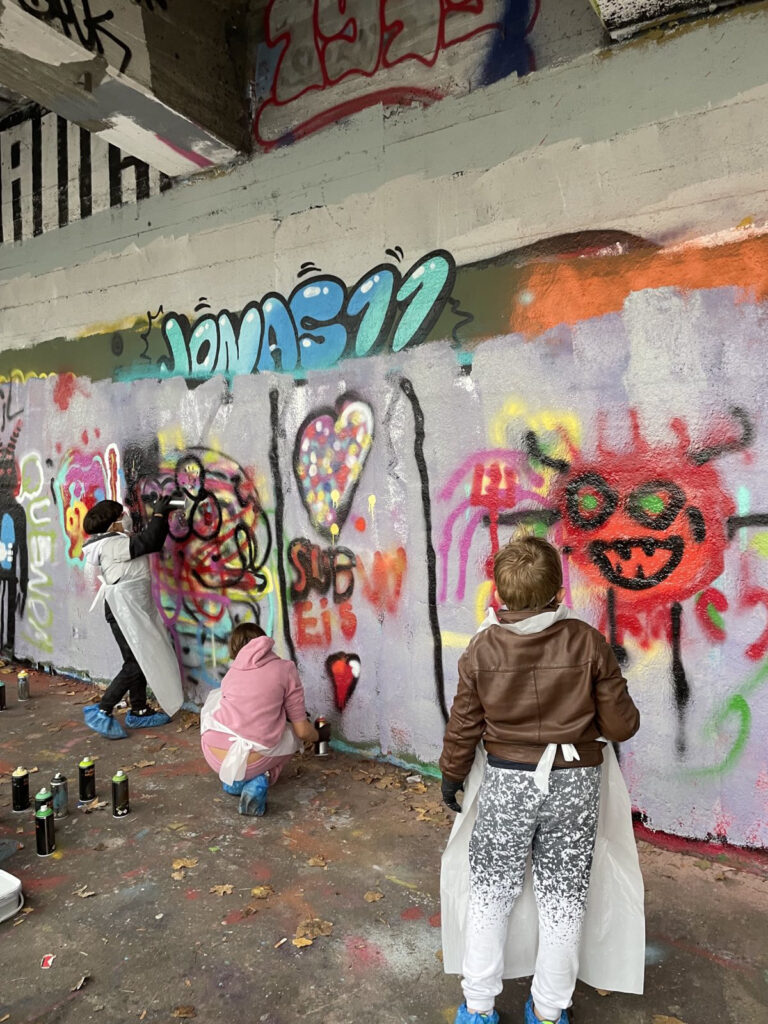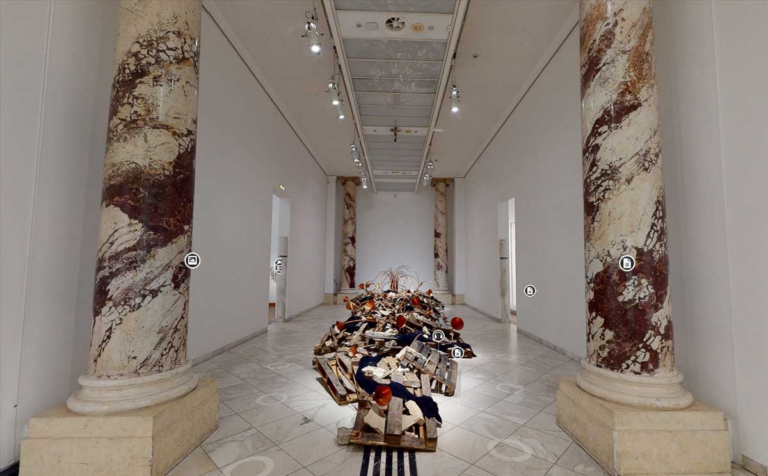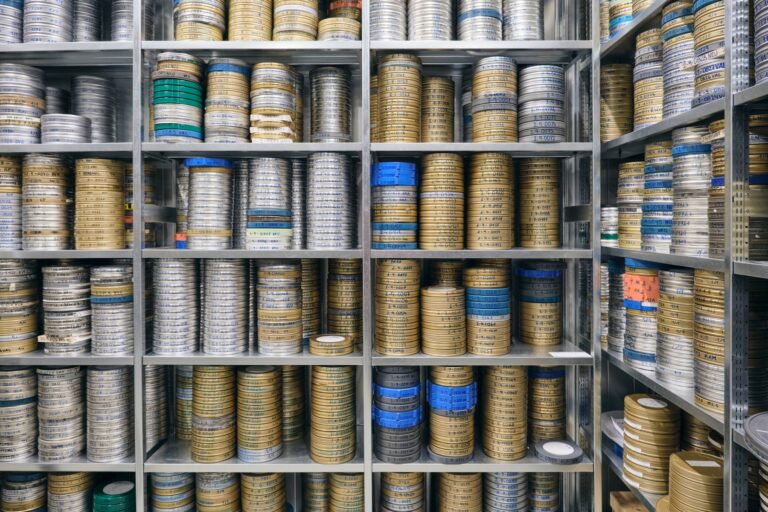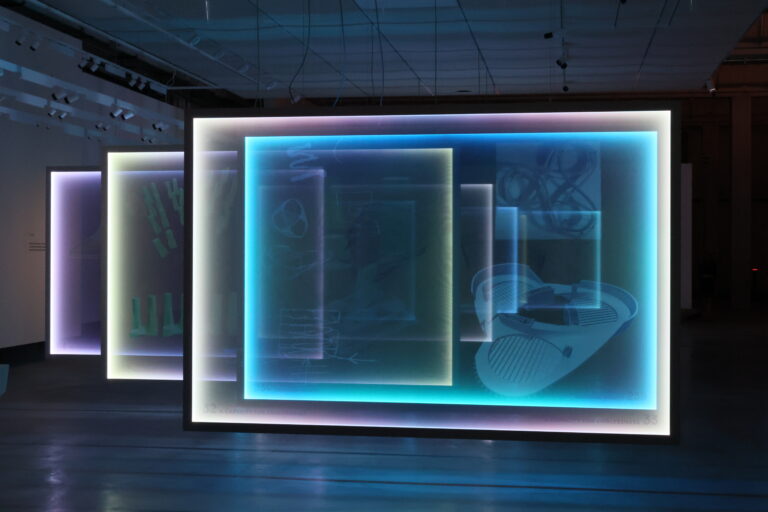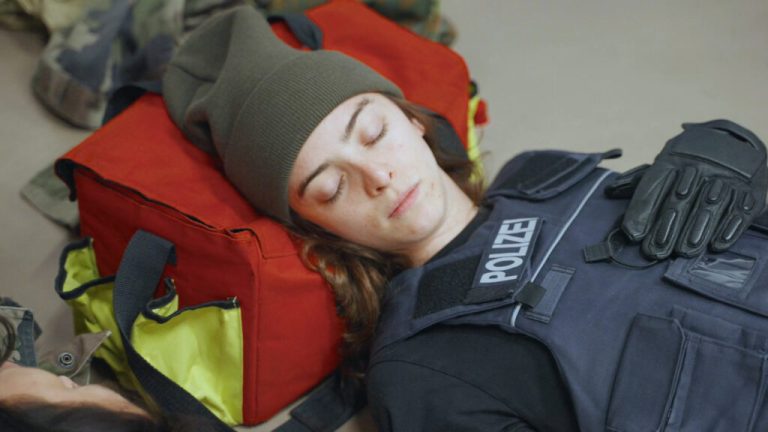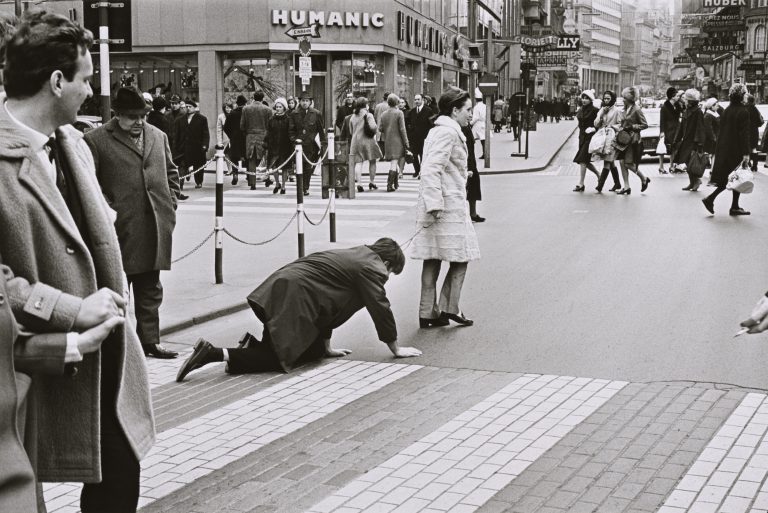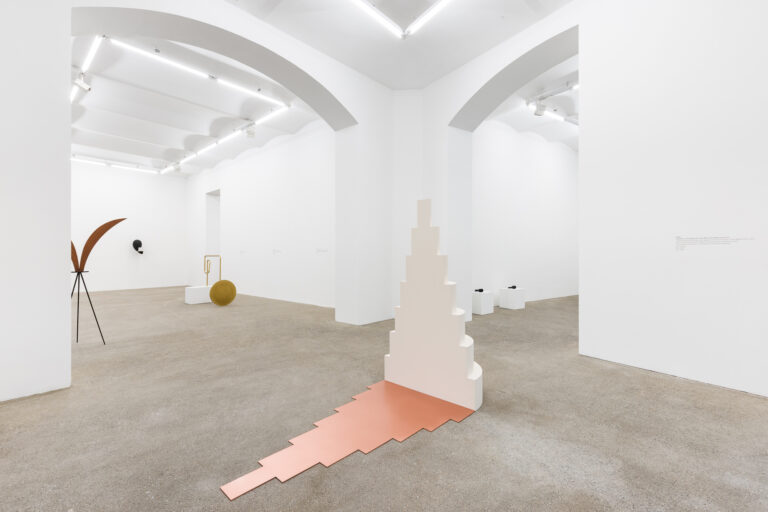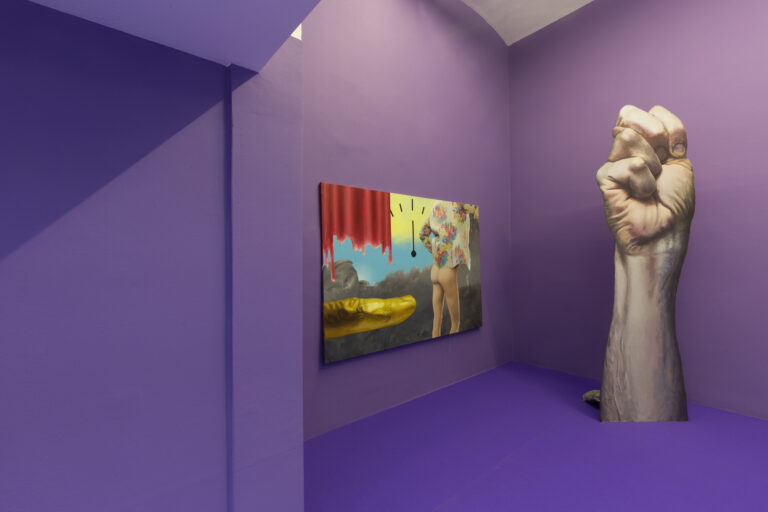Images on the internet – fair pay for artists
Günter Schönberger, managing director of the collecting society Bildrecht, in an interview with VIENNA ART WEEK

© Bildrecht | Foto: Eva Kelety
An amended copyright law has been in force in Austria since the beginning of 2022. Thanks to new regulations, artists will in future be remunerated by online platforms for the use of their images online. Bildrecht is preparing for negotiations with the platforms together with its European partners.
VIENNA ART WEEK talks to Günter Schönberger, managing director of Bildrecht Gesellschaft zur Wahrnehmung visueller Rechte, about the representation of image copyright holders in times of technological change.
VIENNA ART WEEK: At events like the VIENNA ART WEEK alone, a great many artworks are photographed by visitors and shared via postings on social media – how should this be viewed in terms of copyright?
There are more than a billion professional images that private individuals in Austria distribute via social networks every year. This shows what a high value quality images have on the net.
The sharing of works of fine art, photographs, graphic works, illustrations, designs and images of architecture has been explicitly permitted for users since the copyright reform. At the same time, the legislator has stipulated that artists and creative professionals be appropriately remunerated by the major platforms for such uses. This is because the social media platforms generate high advertising revenues thanks to the valuable image content of artists and other image creators, while the creators have not participated in this economic success to date.
VIENNA ART WEEK: How do you proceed so that the individual artists can actually count on payments from the platforms?
We are currently creating the conditions to be able to enter into successful negotiations with the platforms. The legislator has stipulated that we can negotiate as a representative image collecting society for the entire image repertoire in Austria, i.e. collectively for all image authors. For us in the image sector, where large quantities of works are permanently uploaded, this is crucial. So-called extended collective licensing agreements are expedient from the point of view of both authors and platforms – this is the only way to regulate mass image use on the Internet efficiently and in a legally secure manner.
That is why we – together with our European partners – are currently bundling all relevant forces from the fine arts, photography, graphics, design, illustration and architecture in order to strengthen our negotiating position vis-à-vis the powerful platforms. The goal is a fair and practical licensing solution for both sides, with which all image authors receive their share for image use on the social web. Such collective licenses by Bildrecht offer online platforms an all-in-one solution for the Austrian market. Restrictions such as upload filters are thus no longer necessary, which also simplifies use for users and makes it possible without restrictions.
VIENNA ART WEEK: So a membership of the artists in Bildrecht is becoming more and more important, if not essential?
Undoubtedly, because the artists already receive many existing, lump-sum remunerations. In addition, it is important that Bildrecht represents the image sectors in a unified manner – only as a group can artists and creatives participate in the value creation of large platforms such as Facebook, Instagram, Pinterest, and Twitter. Fortunately, awareness of this is growing: We are hearing more and more frequently from established artists how important it is to them, too, to strengthen the entire artist community and to secure and expand the existential basis of future generations. In this sense, membership in Bildrecht should not only be seen as a key to one’s own additional income, but also as a solidarity contribution to a diverse and vibrant art scene in Austria.
VIENNA ART WEEK: Galleries, museums and other institutions – what do the new copyright regulations mean for these players?
The aim of the new legal regulations is to strike an appropriate balance between the interests of artists, users, and platform operators.
For the institutions, nothing will change in this regard; the usual licensing regulations will apply to them. The private users, whose use has so far taken place in a legal gray area, can finally share the images without worry. With the new law, uploading images to social media platforms is now legal for users.
VIENNA ART WEEK: How has the digitalization of our lives changed your work?
Our tasks have evolved rapidly with technological change. Digitization always demands new answers in copyright law, because the uses are very different from those in analog times. The large streaming and cloud providers that have boomed in recent years also use the image repertoire commercially. The individual image authors also contribute their content there and should participate in the economic success in the future through suitable licensing agreements.
VIENNA ART WEEK: You generally work on respectful and fair relationships between artists and image users.
Bildrecht wants fair models of image use that reconcile the interests of image creators with those of professional image users such as galleries and museums. With our many members in the field of fine arts and other image sectors, we are a strong and reliable player for all those who want to use images professionally. Over the years, we have succeeded in offering attractive and increasingly collective licensing models and, building on this, in establishing sustainable partnerships with various cultural institutions. This also applies to the media, publishers, museums, etc., with whom we have concluded mutually beneficial agreements. In cooperation with politicians, cultural administrators and art associations, we want to promote the public perception of art and raise awareness of its relevance to society as a whole. “Fair pay, fair play” must be a self-evident principle. The general contractual regulations, model contracts and standards in the image sector that we have initiated make a significant contribution to this and also meet the specific requirements in our country. Authors and image users benefit from such flexible and practice-oriented solutions.
VIENNA ART WEEK: Bildrecht is also a vibrant player and promoter of the art world.
We show a diverse program of contemporary art at three locations in Vienna (Bildraum 01, Bildraum 07, Bildraum Studio) as well as in Bregenz (Bildraum Bodensee). In this way, we complement the offerings of galleries, museums and exhibition houses, art associations and festivals, with whom we cooperate closely. With our social and cultural fund, we help to realize cultural projects such as publications, projects, exhibitions, cooperations and art awards. And we also help in crises: At the beginning of the COVID 19 pandemic, we made bridging payments totaling 1.3 million euros from our Social and Cultural Fund. This enabled us to provide rapid and effective support to many artists.
VIENNA ART WEEK: What is necessary for the Austrian art scene to emerge strengthened from the crisis?
In order to overcome current and future crises, we need an alliance of all those who are particularly concerned about the visual arts and the interests of Austrian artists and their partners. Major topics and issues require combined forces and the ability to look beyond one’s own nose.
Art needs free spaces in which innovations can emerge. It provides us with answers to many of life’s complex questions. Art and culture must be perceived as relevant to our society.
But the visual arts sector in particular also has a significant economic dimension. Recent studies have shown that, in a European comparison of all creative sectors, the visual arts sector secures the most jobs and generates the highest value added. Every euro invested in the visual arts strengthens creativity and the economic power of our country.
All information on Bildrecht can be found at www.bildrecht.at, and the current exhibition program at www.bildrecht.at/bildraum.
